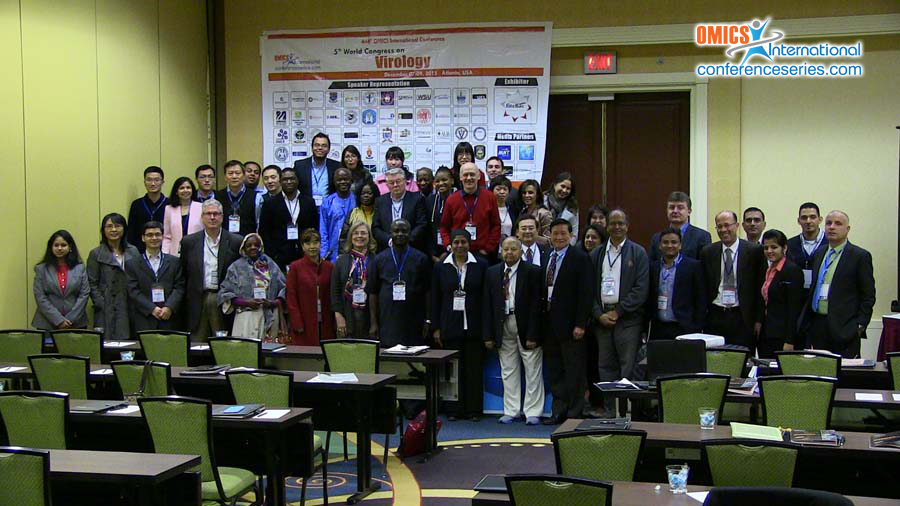
Hua Zhu
Rutgers University ,USA
Title: Role of ORF 7 in Varicella Zoster Virus Tissue Tropism and Potential for Novel Vaccine
Biography
Biography: Hua Zhu
Abstract
After the primary infection, varicella zoster virus (VZV) remains latent in sensory ganglia, and reactivates upon weakening of the immune system, erupting from sensory neurons and infecting surrounding skin tissue. The factors involved in neuronal invasion and establishment of latency are still elusive. In our previous work, we employed a VZV BAC system in order to characterize a comprehensive library of VZV single ORF deletion mutants. We reported 18 ORFs to be fully dispensable in melanoma cells, which we postulated to encode elements responsible for specific tissue tropism. We now demonstrate that screening of these 18 dispensable gene mutants in differentiated neurons led to the identification of ORF7 as a neurotropic factor. This finding adds to our previous report that ORF7 is also a skin tropic factor. ORF7 is a virion component localized to the Golgi compartment in infected cells, whose deletion causes loss of polykaryon formation in vitro and severely impairs viral spread in human nervous tissue ex vivo. Interactions between ORF7 and other virion proteins are under investigation. Furthermore, ORF7 is required for VZV replication in xenografts of human skin and dorsal root ganglia in a SCID-hu mouse model. Here we show that an ORF7 deletion virus is able to infect dendritic cells, which in turn can infect T cells. This unique set of characteristics lends an ORF7 deletion mutant the potential to become an excellent VZV vaccine candidate. This neuroattenuated vaccine would cause neither the primary chickenpox nor the secondary herpes zoster diseases. Finally, given that ORF7 is essential for VZV initial infection of neurons and replication therein, it may also be a critical trigger of reactivation from latency.



